When shopping for an adult tricycle, one of the “minute details” you might notice is that some models have fenders on the front wheel, others only on the rear wheels, and some feature fenders on all wheels. If you are like most buyers, this may take you aback little aback for two reasons:
- First, many people do not realize how important fenders are to an adult tricycle, and how not having them could impact their riding experience.
- Second, even for those who understand the importance of fenders, many do not realize that where (and how) the fenders are designed and placed plays a crucial role.
Let’s break down everything you need to know about adult tricycle fenders to help you understand what they are, why their placement differs, and when they should be a priority in your purchase decision.

What Are Fenders and Why Are They Needed on an Adult Tricycle?
Fenders (also called mudguards) are curved covers that are placed above a tricycle’s wheels to catch water, mud, gravel, and other debris that the tires may kick up while riding.
For an adult tricycle, especially, fenders are a crucial feature for two reasons:
- First, because adult tricycles have three wheels, the threat of exposure to dirt and grime from the road is almost double on a tricycle than on a regular bicycle.
- Second, some adult tricycles are specifically designed for challenging terrain. Without fenders, riding a fat-tire adult tricycle in wet conditions would be just like taking a bath in a mud shower.
The primary role of a fender on a tricycle, therefore, is to keep you (the rider) clean and protected from mud, dirty water, and road grime that may be kicked up by the wheels.
In an adult tricycle, specifically, you also need the fenders to play the following roles:
- Keep your legs, shoes, and back dry when you are riding in wet conditions
- Shield your cargo baskets from splashes
- Reduce the frequency of cleaning and maintenance by preventing dirt from sticking to the chain, brakes, and frame
- Make your rides more comfortable and practical for daily errands or commuting
In short, you need fenders on an adult tricycle to make your ride cleaner, more comfortable, and easier to maintain, especially in wet, dusty, or dirty environments.

Adult Tricycle Fenders: Where They Are Placed and Why It Matters to You
And now, let's address the matter of where the fenders are placed on an adult tricycle. For most adult tricycles, the fenders are either placed on the front tire, the back tire, or on both the front and back tires.
Why Some Adult Tricycles Have Rear Fenders but No Front Fender
When an adult tricycle has fenders on the rear but none on the front, it is because the manufacturer estimates that dirt is likely to hit the rider from the back, rather than the front. Here are four reasons why rear fenders make the most sense on an adult tricycle:
- The rear wheels sit directly behind the rider, so debris from them is more likely to hit your back and clothing.
- With two wheels at the back, there’s double the splash potential, so rear protection is obviously a higher priority.
- Manufacturers may also focus on rear fenders as a strategy to reduce production costs and make the trike affordable while still protecting the rider’s upper body.
In these cases, the rear has the greatest risk for mess, so it gets the fender treatment.

Why Some Adult Tricycles Have a Front Fender but No Rear Fenders
On the flip side, certain tricycle designs, including Viribus’ compact 16-inch Folding Electric Tricycle, feature only a front fender, especially on minimalist or lightweight models.
When tricycles have front fenders but no rear fenders, it shows the manufacturer deems it more of a priority to protect your legs from dirt, water, and debris.
Here’s when and why front wheels make absolute sense on a tricycle:
- The front wheel flings debris straight toward your shoes and lower legs, which is a huge problem because the rider often notices it immediately.
- Some rear trike frames or cargo baskets act as natural barriers, so there is a lesser chance of dirt reaching the rider from behind.
- These trikes (with front fenders only) are often marketed for dry-weather or recreational use, where rear splash is less of a concern.
- Also, including just one front fender might be a matter of cost efficiency. It helps reduce weight and manufacturing cost while still offering basic protection.
So, when immediate leg comfort is prioritized (especially for city or casual riding), front fenders may be included alone.
Benefits of Having Both Front and Rear Fenders
If you plan to ride regularly, especially in mixed weather conditions, having fenders on all wheels offers the best overall experience. You get maximum front and rear protection from dirt and debris as you ride, even in wet or muddy terrain. Here’s why you might want to get both front and rear fenders on your tricycle:
- You stay dry, whether splashes come from the front or the back
- You get full-body protection as your legs, shoes, and back are all kept clean
- You cargo also enjoy full protection and stay clean. Especially helpful if you are carrying
groceries or personal items
- It also reduces cleaning and maintenance requirements by slowing the buildup of grime on mechanical parts
If you are a frequent rider, fenders on all wheels are a smart investment.
Fender Placement Comparison Chart
| Fender Placement | What It Protects | Best For | Advantages | Possible Drawbacks |
| Front Only | Legs and shoes | Casual riders on dry or mostly clean roads | Lightweight, affordable, protects visible splash | Back and cargo are still exposed to debris |
| Rear Only | Back, clothing, cargo basket | Utility riders who carry items or sit upright near the rear wheels | Essential protection from twin-wheel spray | Legs and shoes may still get dirty |
| Both Front and Rear | Full-body coverage (legs, back, clothes), cargo, trike components | Frequent riders, commuters, wet or muddy conditions | Maximum comfort, cleanliness, and reduced maintenance | Adds a bit more cost and weight |
When Should Fenders Be a Priority in Buying an Adult Tricycle?
- You should consider fenders essential if:
- You mainly ride in wet, muddy, or unpredictable weather
- Your usual routes include puddles, gravel roads, or dusty paths
- You plan to use your trike for commuting or errands
- You carry cargo or groceries and want to protect them
- You prefer low maintenance and easier cleaning
- You value comfort and don’t want dirty legs or clothes
Fenders may be less critical if you only ride on clean, dry pavement, in good weather, and mainly for short, recreational outings-but they are still a “nice to have.”

Final Thoughts
Fenders may seem like a small detail, but they can make a big difference in riding comfort, cleanliness, and maintenance. Whether you need front, rear, or full coverage depends on how, where, and why you ride-but for most regular riders, having fenders on both front and rear wheels offers the best protection and value.
Thinking of buying a trike soon? Consider your riding environment and lifestyle, your laundry day (and your shoes) will thank you!

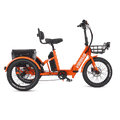
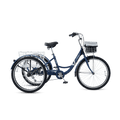
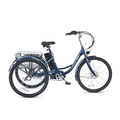
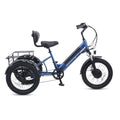
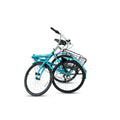
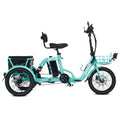

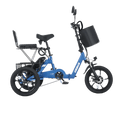
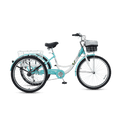
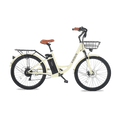
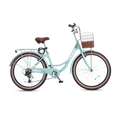
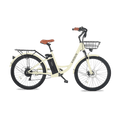
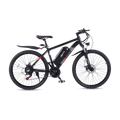
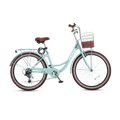
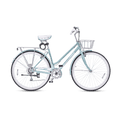
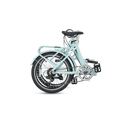
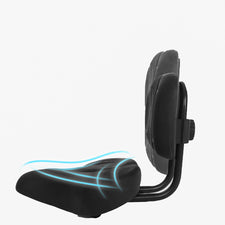





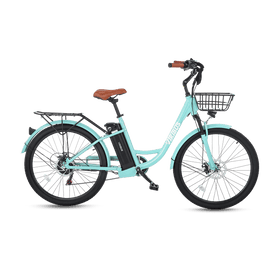
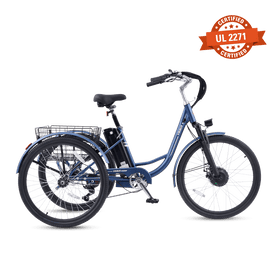
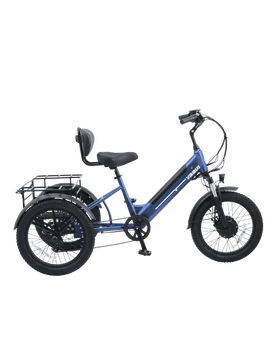



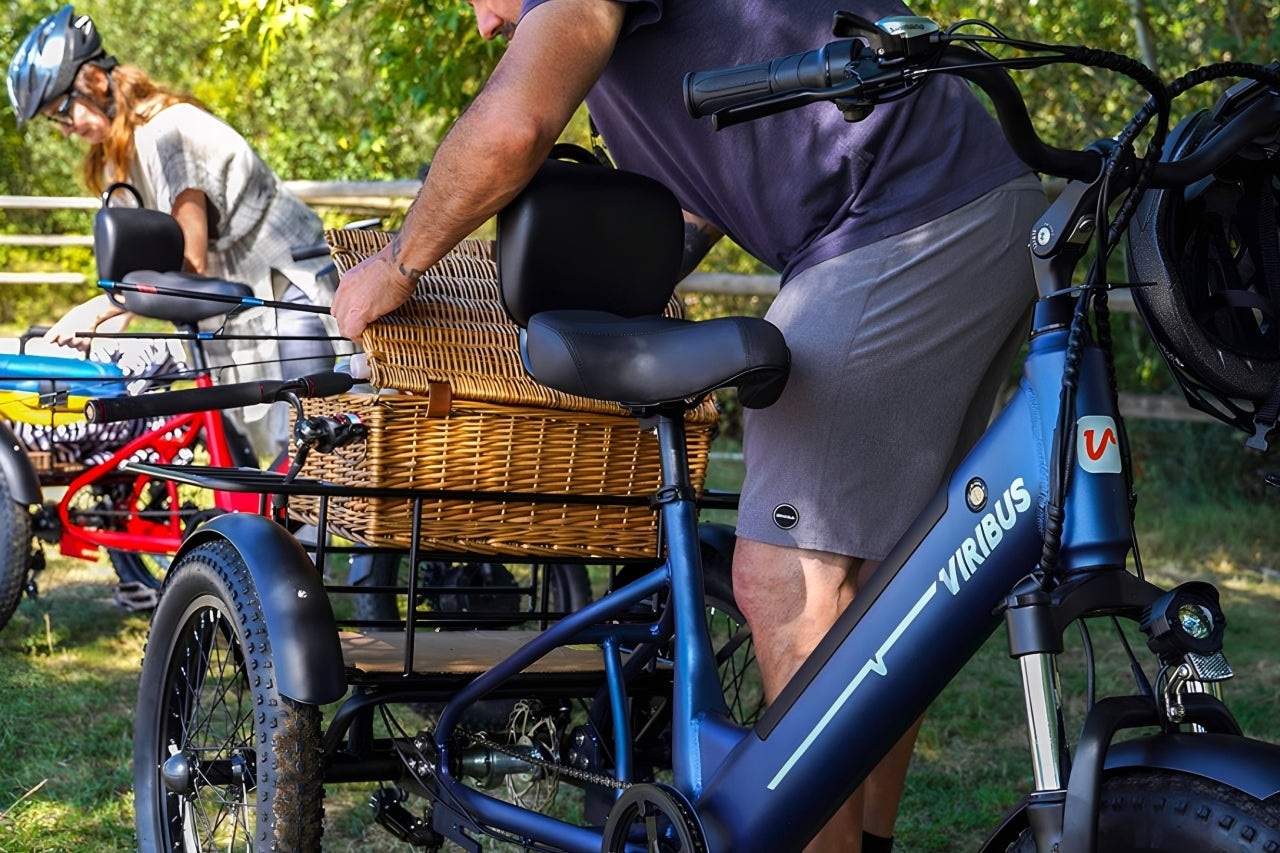
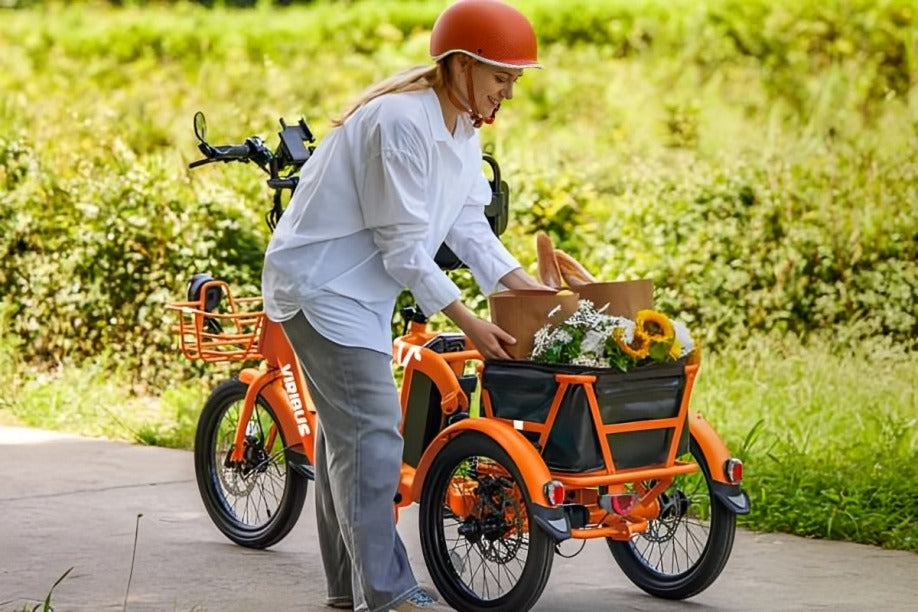
Leave a comment
All comments are moderated before being published.
This site is protected by hCaptcha and the hCaptcha Privacy Policy and Terms of Service apply.